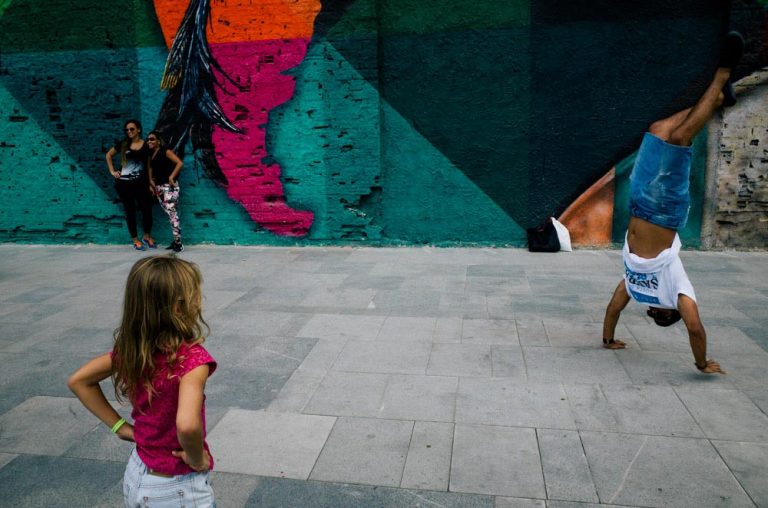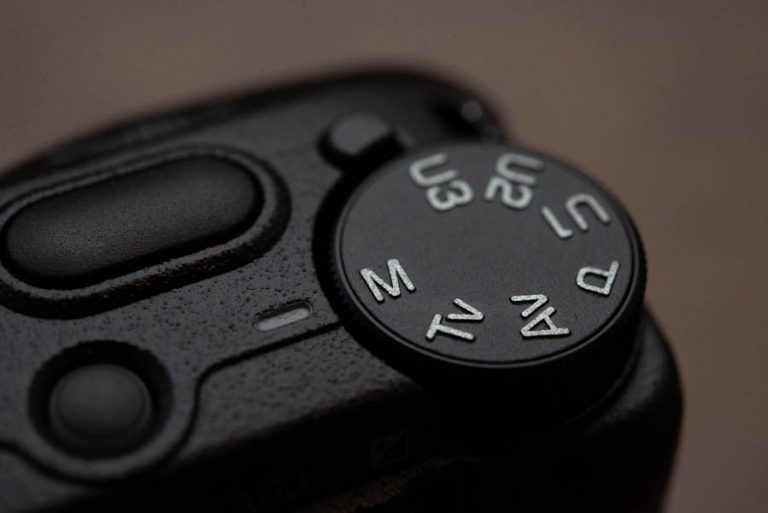14 Street Photography Mistakes That Could Be Holding You Back
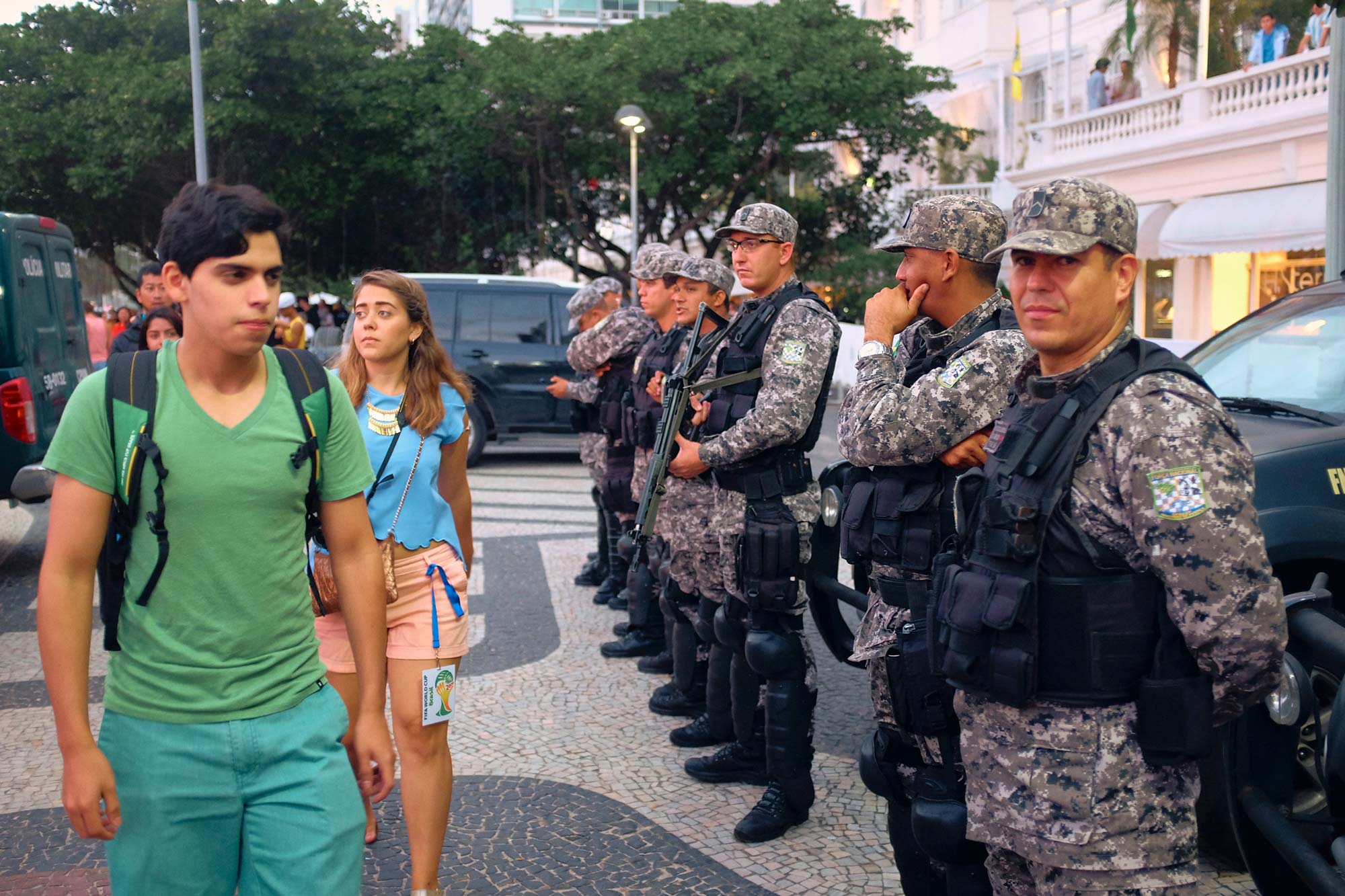
Many times, I’ve been in the process of editing my street photography, and the photos didn’t meet my standards. But it took me a long time to figure out why.
I was committing street photography mistakes without realizing it while out on the streets. So I thought, what if I could avoid these mistakes while out on the street? That would save me time and energy wasted taking photos that were doomed from the start.
I believe that street photography is subjective, and there aren’t hard and fast rules defining what it is and isn’t and what constitutes a street photography mistake or not. However, there are things that I consider mistakes for my own photography.
Putting some thought into what you want to avoid in street photography means you can spend more time focusing on the types of photos that you do want to take.
When I go through my street photography photos in post, I’ve noticed types of photos that I just don’t like and wouldn’t keep and use in my portfolio, so I just don’t shoot these photos anymore. Disregard what you don’t think are mistakes here, but I hope my experiences of shooting a lot of street photos can help you avoid some of the street photography mistakes I’ve made.
1) Not Getting Close Enough to Fill the Frame

This is a huge one in street photography. It’s easier said than done to get close to people on the street. But if you use a wide-angle lens, it’s necessary to create interesting photos.
When I see street photography that doesn’t work on Instagram and other places on the Internet, a lot of times, it’s because the photographer didn’t get close enough to the subjects in the photo. It often gives off the feeling that the photographer was fearful of getting close to people.
Aside from using a longer lens, the only thing you can really do to remedy this is to get closer to your subjects. The more you do street photography, the easier it gets. When I was just getting started doing street photography, I knew this was an important street photography technique that can make you uncomfortable, but you get used to it.
2) Photographing Subjects’ Backs
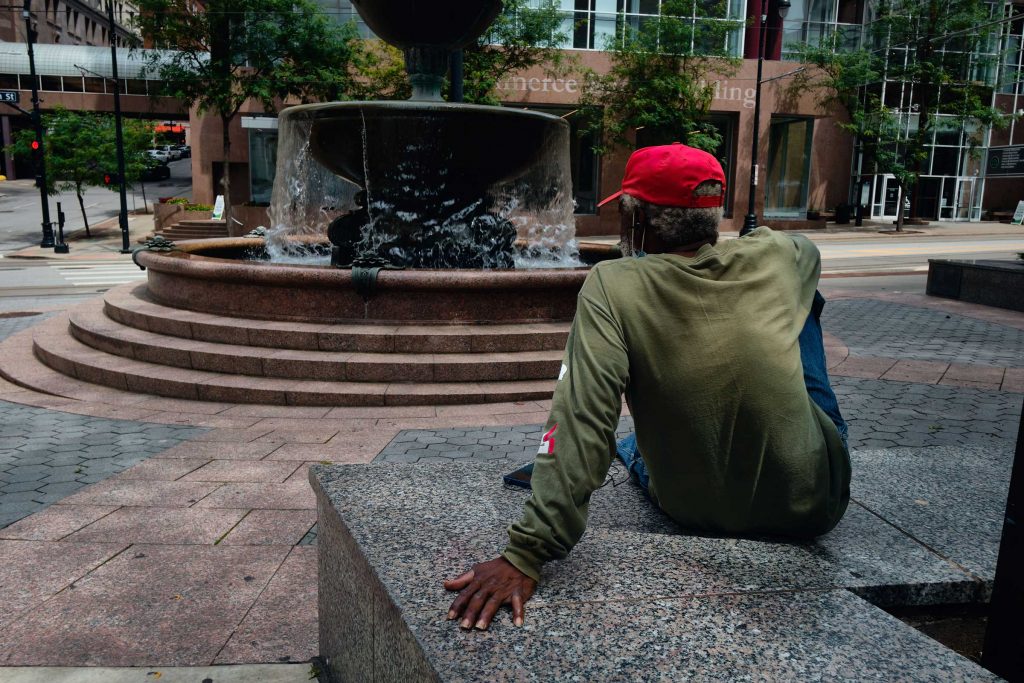
I’ve seen many street photographs by some of the best street photographers in the world where the photo features someone’s back. And some of them are iconic photos. However, when you compare photos like that to the rest of the photographer’s portfolio, it’s usually a small portion of it.
Just keep in mind that street photos featuring someone’s back can work, but you should only keep these photos in your portfolio when they’re really great, and I wouldn’t rely on only photos in this style if you want to produce a well-rounded project or portfolio.
The photo above was my first photo of my street photography session for the day, and I wasn’t warmed up yet. Had I not chickened out and slowed down to put some thought into it, I would have turned to the right after passing the man and framed him along with two other subjects behind him for a layered frame. Opportunity wasted!
3) Photographing Single Subjects too Much

When I look back at my early street photography when I was a beginner, one thing I’ve noticed that can make for weak images are photos with only one subject. Put the subject smack dab in the middle of the frame and shoot it with a wide aperture for shallow depth of field, and you’ve got a recipe for stale street photography.
There’s nothing inherently wrong with single-subject street photos — I know of street photos with single subjects that I consider some of the best street photographs of all time. Alex Webb has made many of them that I think are amazing street photographs. But Alex Webb puts a lot of thought into these photographs and usually finds a foreground element or creates some sort of framing device that adds visual interest to the image.
So when you’re out photographing on the street, consider the context you can include in your images that will serve as layers in the image. Your single subject will be a layer of their own but look for buildings, signs, or whatever else is on the street to create a visually compelling layer or framing device. Your photos will likely have a lot more visual interest because of it.
4) The Run & Gun Style

When out photographing on the street, it seems only natural to walk and take photos of whatever catches your eye while walking. This can result in good photos, but it’s a bit haphazard, so you’re relying on a lot of luck to get photos.
A more intentional way of photographing is to slow down, observe the scene with your eyes first, and then raise the camera to shoot. You’ll also get sharper photos if you physically stop rather than walking while photographing.
5) Using too Much Shallow Depth of Field
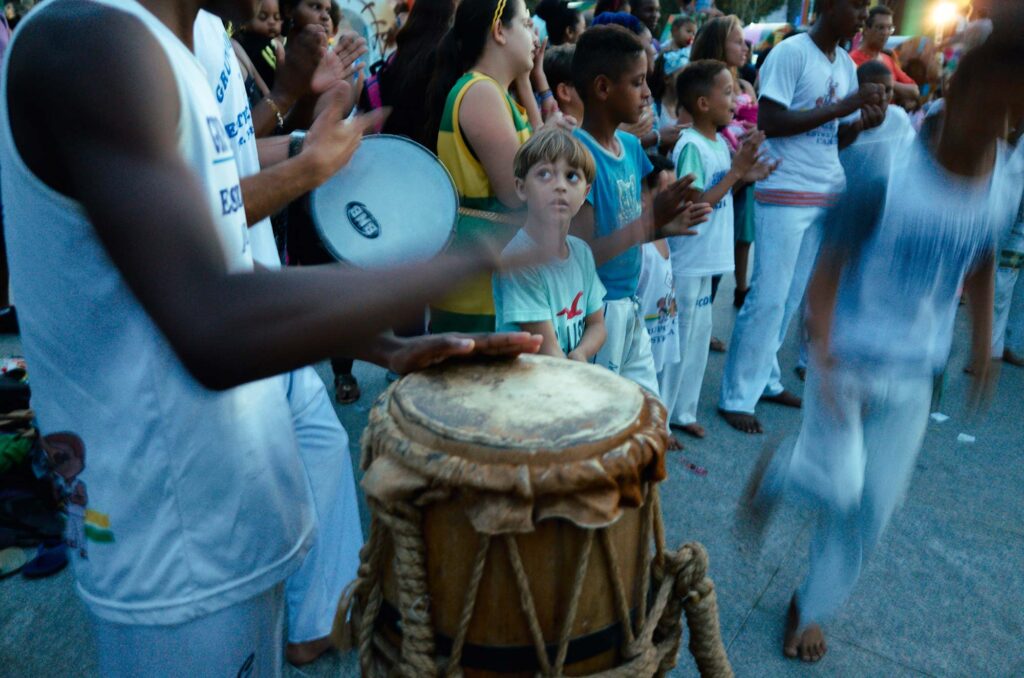
For me personally, shallow depth of field doesn’t really have a place in my street photography. For street photography, I like to shoot with small apertures in the range of f/8-f/11 whenever possible so that everything in the photo is in focus. This is the opposite of what many portrait photographers, which is to blow out the background with bokeh.
There’s nothing stopping you from photographing with a shallow depth of field in street photography, but just consider what street photography is about. Whereas portrait photography is about drawing attention to subjects, in street photography, you take in the image as a whole, including any subjects and the environment they’re in. In other words, it’s important to show the context that the environment of a photo provides, and you don’t provide that context in the image if you blur out the background.
6) Not Culling Enough When Editing

As photographers, we’re probably all guilty of this to some extent. You got your gear, and you go to the trouble to go out and photograph in your limited free time.
So when you see those images that you’re on the fence about, you do some tweaking in your photo editor to try and salvage a photo that shouldn’t quite make the cut. I believe that great images will stand out to you when you’re reviewing them. If it doesn’t stick out to you right away, it could be for good reason.
A lot of street photography is failure, and it’s best to embrace that. Otherwise, you may end up including images in your portfolio that you’re not really proud of. One thing that makes it a lot easier to discard your images that don’t quite work is to photograph a lot, which I talk about in the next section.
7) Not Photographing Enough
You can file this under ‘totally obvious’, but you have to actually get out in the street to do street photography. The photos aren’t going to make themselves. I know you know that, but it helps to hear it every once in a while, especially considering how easy it is to get into a routine of staying home with all the modern day distractions like TV, video games, and Internet rabbit holes.
There’s good reason to get out of the house and photograph in the street, too. For one, street photography is a big numbers game. You have to take a lot of bad photos to get to the good ones. And when you have so many photographs to go through when you’re editing, it’s a lot less tempting to keep your bad photos because you have so much to choose from.
Another great thing about street photography is the exercise you get from practicing it. You spend a lot of time walking. People are living increasingly sedentary lives, and street photography is a beautiful way to live an active life.
Lastly, street photography is fun and enjoyable! I couldn’t think of a better way to spend a day.
8) Heavy-Handed Post Processing
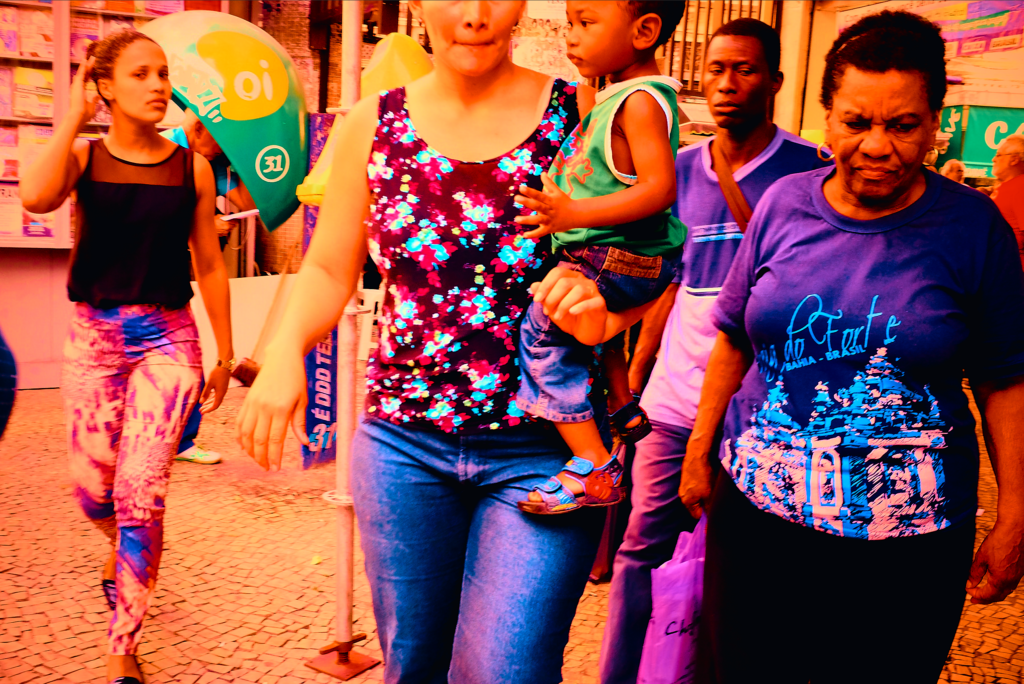
Street photography is really about capturing real candid moments on the street. Doing heavy Photoshopping, like removing objects, goes against the spirit of that.
In my view, some dodging/burning, adjusting exposure/shadows, white balance, and sharpening are all acceptable in street photography within reason. I would avoid anything resembling HDR.
If your photos start looking like you processed it using radioactive waste in my example above, it’s probably best to tone it back a bit.
9) Using Big & Heavy Gear
There’s nothing wrong with using big gear for street photography per se. Cameras and lenses with better image quality often come in bigger packages. Lenses with aspherical elements/complex lens designs, and medium format systems come to mind. I put together some lists of the best lenses for street photography and the best cameras for street photography with an emphasis on size and weight.
The issue is whether you’re going to use it or not, though. If a camera system is so big and heavy to the point that it causes you to leave it at home, then it’s holding you back.
That’s why I love compact cameras for street photography. It doesn’t feel like a burden to take a small camera with me when I leave the house.
These days, we’re lucky to have all of the camera options available to us. Back in the early days of street photography, many photographers used much larger cameras than what we typically use today.
10) Obsessing Over Gear

It’s easy to get wrapped up in the latest and greatest photography gear. I think many photographers know that new gear isn’t going to make them better photographers and yet can’t help but obsess over it.
But in street photography, you don’t need the best gear, and that’s partly what makes it so great. You don’t have to spend tens of thousands of dollars on gear to take great street photos, which makes it more accessible than other types of photography.
The real joy is getting out in the street and putting your photography gear to good use anyway.
11) Giving in to Fear

Being fearful of taking photographs of strangers on the street can really hold you back in street photography, so it’s something that you have to overcome. The only real way of getting over this fear (and it’s something that all street photographers deal with to some extent) is to do it over and over again and get those repetitions in.
Practicing street photography will help train your brain not to feel the fear as much. Plus, you’ll probably notice that it’s pretty unlikely that anything bad is going to happen to you from taking photos of people on the street. You may get confronted from time to time, but it’s usually not a big deal.
12) Not Printing Your Photos
Why go through the trouble of making street photographs only to share them on small devices? I appreciate street photography the most in the form of big prints or in books. Prints give you the opportunity to really take an image in without the discomfort of looking at a screen.
Printing your photos is also the best way to cull your images and put photos in a sequence. By printing, you tend to look at your photos longer, which gives you a more realistic view of your photos’ strengths and weaknesses.
Printing also gives you a much better idea as to how your photographs would look if you put them in a book or made large prints for an exhibition or what have you.
13) Not Studying the Greats

Platforms like Instagram can be nice for discovering current photographers, but with anyone and everyone being able to post a photo and slap a street photography hashtag on it, your feed gets full of low-quality photos. You don’t have this issue when you study the masters of street photography.
When you look at the work of the best street photographers of all time, you only see their best photos painstakingly taken over years or decades. They’ve probably worked with an editor and publisher to decide which photos to present and edit. The photos have been sequenced in a way that turns a collection of photos into some sort of narrative or feeling.
I love experiencing street photography in book format. This list is by no means exhaustive, but here are a few street photography books that have been inspiring for me:
- The Decisive Moment – Henri Cartier-Bresson
- The Suffering of Light – Alex Webb
- Divided Soul – David Alan Harvey
- Harry Gruyaert
- The Americans – Robert Frank
- Vivian Maier: Street Photographer
I think it’s really important to have influences in street photography, as they’ll inspire you and get you to think photographically in ways that wouldn’t have otherwise occurred to you. I even wrote about it as my number one tip in my article on tips for street photographers.
14) Photographing Cliches
I try to avoid overdone cliches when I’m taking photos out on the street, or at least weed them out in the editing process. If you can find a unique angle on something that’s been photographed ad nauseam, then great. But if I’m not adding something interesting to the genre, then I’d prefer not to photograph it.
Cliches are subjective to some extent, but here are some scenarios that may turn out looking cliche in street photography:
- A person walking in front of a wall of graffiti
- Closeups of an older person’s face with the sharpening and detail turned up to 100
- The back of someone’s head
- Homeless people (not only do I think most photos of homeless people are cliche, but it’s a questionable area of street photography in terms of ethics)
- Photos of street performers
Here’s a photo from my early street photography days. It’s cliche, boring, and these days I wouldn’t have even pressed the shutter button, let alone select it as a keeper:
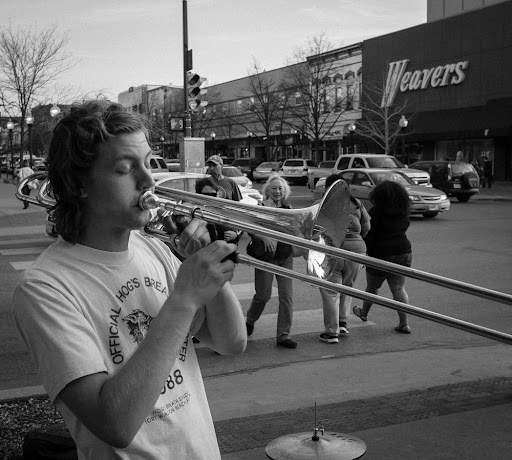
An Important Thing to Keep in Mind
I’d like to stress that there are no real “mistakes” in street photography, for two reasons:
- Every bad photo you take on the street gets you closer to your good shots. Every photo you take, good or bad, gets you closer to developing your own unique style.
- What may be considered a mistake by me or some other photographer may be a style that fits you. Ultimately, you should consider these street photography mistakes as suggestions and discard the ones that don’t work for you.
I’ve found that for my photography, I mostly want to avoid what I’ve laid out here because, after sifting through my photography in the editing process, I’ve found that these types of photos aren’t my style. The important thing is to put some serious thought into the types of photos that don’t speak to you so that you can avoid the time and energy spent photographing them. That way, you can more effectively spend your time on the street making photos you actually like.



